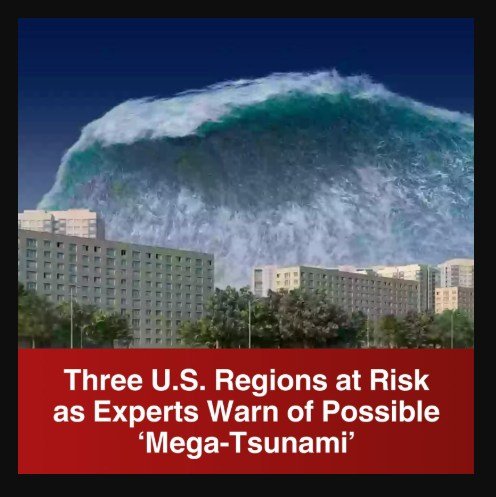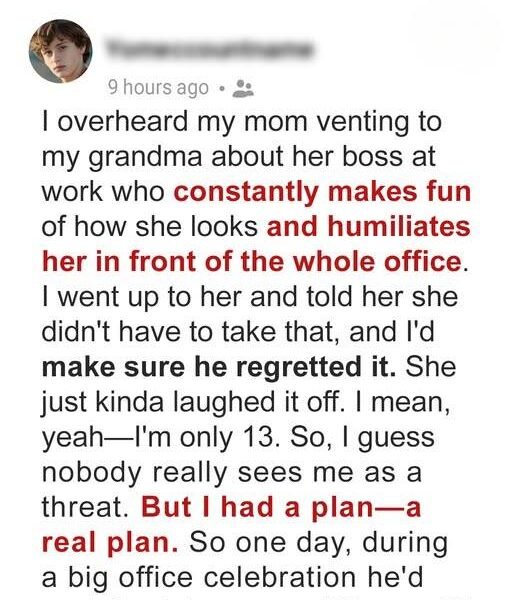The Pacific Northwest, East Coast, and Gulf Coast are three U.S. regions facing serious threats from tsunamis and flooding, according to experts. Each area has its own unique risks, driven by earthquakes, underwater landslides, and the growing impact of climate change. For people living along these shores, knowing the dangers and preparing for them is critical to staying safe and protecting communities from disaster.
Tsunamis are enormous waves caused by sudden events like earthquakes or underwater landslides. They race across the ocean, growing taller and more powerful as they approach land. When they hit, they can flood coastal areas in minutes, leaving little time for escape. Climate change is making these dangers worse, raising sea levels and eroding protective coastlines, which allows waves to surge farther inland and cause more damage.
The Pacific Northwest is the most at-risk, sitting above the Cascadia Subduction Zone, where tectonic plates are locked in a tense standoff. Scientists warn there’s a 37% chance of a major earthquake in the next 50 years, which could trigger a tsunami that floods towns in Oregon, Washington, and northern California. With only minutes to react, local communities are working to improve evacuation routes and warning systems to help people get to safety before disaster strikes.
The East Coast faces a quieter but still serious threat. While earthquakes are rare here, underwater landslides or quakes in the Caribbean or Atlantic could send tsunami waves toward cities from Florida to New England. The region’s flat terrain and dense populations make flooding a major worry. If a tsunami hits during a hurricane, the combined chaos could overwhelm emergency teams, making preparation a top priority.
The Gulf Coast, while less prone to tsunamis, isn’t out of danger. Its flat shores and history of underwater landslides leave it open to flooding, especially as rising seas and coastal erosion worsen. States like Texas, Louisiana, and Alabama already face hurricanes, and a rare tsunami could add to the destruction. Communities here need to be ready for all types of coastal threats.
When a tsunami is near, time is short. A sudden earthquake or a retreating ocean—known as a drawback—are urgent signs to run to higher ground without waiting for alerts. Experts say acting fast can save lives, as tsunamis often strike with little notice.
Climate change is raising the risks, pushing sea levels higher and weakening natural defenses like dunes and marshes. This means even smaller waves can cause bigger problems. Communities must adapt to these new realities to stay safe.
Scientists and emergency teams are working to improve tsunami detection, create better evacuation plans, and educate the public. While the threat can’t be erased, preparation can make a big difference. For those in the Pacific Northwest, East Coast, and Gulf Coast, staying alert and ready could be the key to surviving when the waves come.


